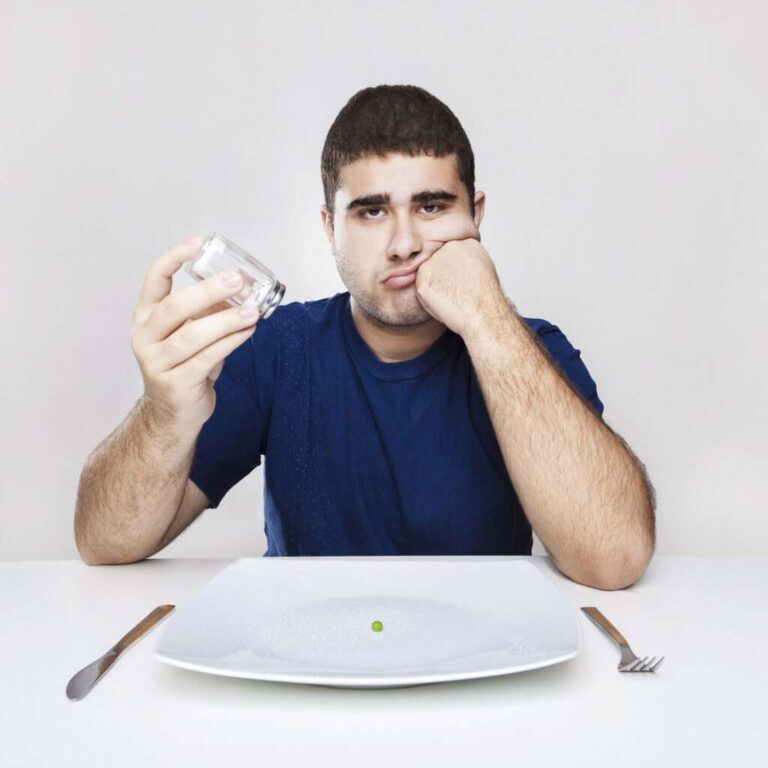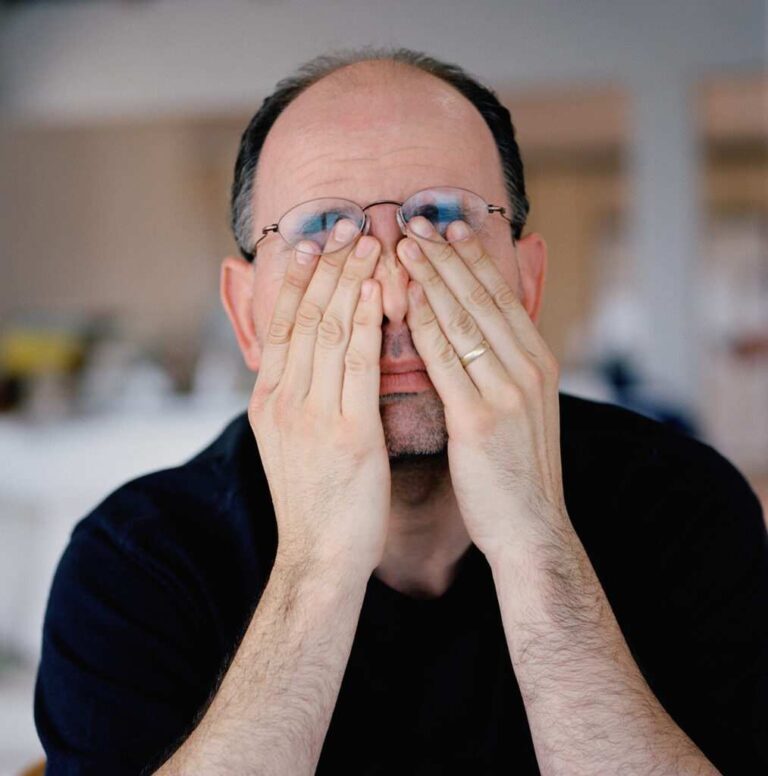Alopecia Treatment Guide: Effective Solutions for Regrowing Hair
It is common to lose 50-100 hair strands every day, usually, normal daily hair loss is nothing to worry about. However, if you are developing patchy or bald spots or losing clumps of hair, it is probably alopecia. Alopecia is the common cause of hair loss affecting billions of people around the world.
Whatever causes it, hair loss can be quite traumatizing for people and affects their personal and professional lives. If a person is diagnosed with alopecia, they will instantly look for a cure or ways to treat it. A quick search on the internet will provide you with the necessary answers relating to hair regrowth after alopecia.
Is Alopecia Treatment Possible?
Unfortunately no, there is no magical treatment to cure alopecia, however, a person can stimulate hair regrowth with cosmetic procedures or prescription drugs. People of any age, gender, and ethnic background can develop alopecia. The chances of being diagnosed with alopecia are significantly higher if your parents or close relatives have this condition.
Luckily, it is not impossible to treat and several treatment options can delay hair loss. These treatments may involve therapies, hair transplants, and medication based on the form of alopecia and the severity of the disease. Currently, researchers are studying new therapies and treatments to get rid of alopecia.
Some people with alopecia may regrow hair without treatment intervention and experience increased hair loss later. Contrarily, other people require medical treatment to reverse hair loss associated with alopecia.
Alopecia Treatment Options
As stated earlier, there is no cure for alopecia, however, medical treatments would prevent hair loss and help grow back new hair. Since there are multiple treatment options available, it requires some trial and error to find the treatment that suits the patient.
The following treatments are available for treating alopecia
Hair Transplants
Hair transplants are widely used to cover male pattern baldness. This surgical hair restoration involves taking DHT-resistant hair from the back and side of the head and transplanting it to bald patches. Hair transplant technology has revolutionized with more and more techniques being used for achieving desired results.
These new technologies ensure faster recoveries and little to no scarring. FUT and FUE will ensure the most natural hairline and fuller appearance. It takes only a few months to regrow hair in patchy areas.
Oral Medications
Surgeons prescribe oral medications to cure different forms of alopecia, however, they have potential side effects. Do not take these medications without discussing them with the surgeon first.
- Immunosuppressants – Immunosuppressants like methotrexate and cyclosporine are used to cure alopecia. They prevent the immune system’s attack on hair follicles to delay hair loss. It is not advisable to use them for a longer period because of the side effects associated with them. It is suited for extensive and rapid hair loss and takes nearly six weeks to regrow hair.
- Minoxidil – This oral medication is used to treat pattern baldness, moreover, OTC availability makes it easily accessible. It accelerates hair regrowth and generally takes roughly 12 weeks to work.
- Methotrexate – If other treatments failed to work, Methotrexate is often prescribed by the surgeon for its immunosuppressive effects. While it is recommended for widespread hair loss, it has several side effects.

Topical Treatments
Topical liquids, creams, and ointments are widely used to expedite hair growth. Several OTC medications are rubbed on the scalp to make new hair grow healthier and stronger.
- Anthralin – Otherwise known as Dritho-scalp, it is available as an ointment and topical cream to be applied on the scalp. It works by irritating the scalp to promote hair regrowth.
- Corticosteroids – These anti-inflammatory creams, lotions, foams, and ointments reduce inflammation in the hair follicles. Response to this medication may not be as effective and quick as other treatments.
- Topical Immunotherapy – Contact immunotherapy is one of the oldest and most successful treatments for alopecia. Combined with other treatments, it yields the best results. Oral immunotherapy agents are applied to the scalp by the surgeon to spur hair growth.
Injections
Besides oral treatments and topical therapies, some medications are injected into the affected area by the doctor. Usually, steroid injections are used to treat mild alopecia and support regrowth in bald areas. It may not be an effective treatment and needs to be repeated every two or three months
PRP
While it is not approved by the FDA yet, it is considered a safe and effective treatment for hair transplants. It involves separating the plasma-rich blood of the patient in the centrifuge and injecting it into the affected area. It works best when combined with surgical or non-surgical hair restoration.
Natural Treatments
Some people rely on home remedies and natural treatments for treating alopecia. However, more research is needed to determine the efficacy of these treatments. Generally, people use supplements, onion juice, acupuncture, aromatherapy, and probiotics to cure alopecia.
Balanced Diet
Natural remedies and dietary and lifestyle changes have not proven to be effective in treating alopecia. Healthy habits may delay hair loss and symptoms associated with this condition. Following a healthy diet allows the person to get quicker results from alopecia treatments.
Key Takeaway
While it is still incurable at the moment, the aforesaid treatments will most definitely help you get your precious hair back. Not all of these treatments are known to work for every patient, after some trial and error, a person will find the treatment that minimizes hair loss and stimulates regrowth.







